Share
Explore

Application Caching Strategies
Overview
What is caching?
Caching types
HTTP caching
Usage
Use Cache-Control header:
Cache-Control: no-store
Cache-Control: no-cache
Cache-Control: private
Cache-Control: public
Cache-Control: max-age=<seconds>
Cache-Control: must-revalidate
Cache validation:
ETag: "33a64df551425fcc55e4d42a148795d9f25f89d4" // Strong validator
ETag: W/"67ab43" // Week validator
If-None-Match: "bfc13a64729c4290ef5b2c2730249c88ca92d82d"
If-None-Match: W/"67ab43", "54ed21", "7892dd"
If-None-Match: *
Last-Modified: Wed, 21 Oct 2015 07:28:00 GMT
If-Modified-Since: Wed, 21 Oct 2015 07:28:00 GMT
Strategies
Week validation vs strong validation:
Varying responses:
Vary: *
Vary: <header-name>, <header-name>, ...
Vary: Accept-Encoding
Accept-Encoding: gzip,deflate,sdch
Accept-Encoding: gzip,deflate, Accept-Encoding: gzip
// Normalize Accept-Encoding
if (req.http.Accept-Encoding) {
if (req.http.Accept-Encoding ~ "gzip") {
set req.http.Accept-Encoding = "gzip";
}
// elseif other encoding types to check
else {
unset req.http.Accept-Encoding;
}
}
Database cache
Avoid using MySQL query cache (for version < 5.7.20):
Enabling the query cache adds some overhead for both reads and writes: (From High Performance MySQL v3):
Server application caching
Cache types




Using a shared cache
Eviction Policies
Caching strategies


Cache-aside


Pros:
Cons:
Read through/Write-through


Pros:
Cons:
Implementation:




Write-behind (write-back)


Refresh-ahead
Cache data
Concerns when using cache
Monitoring:
Want to print your doc?
This is not the way.
This is not the way.

Try clicking the ⋯ next to your doc name or using a keyboard shortcut (
CtrlP
) instead.